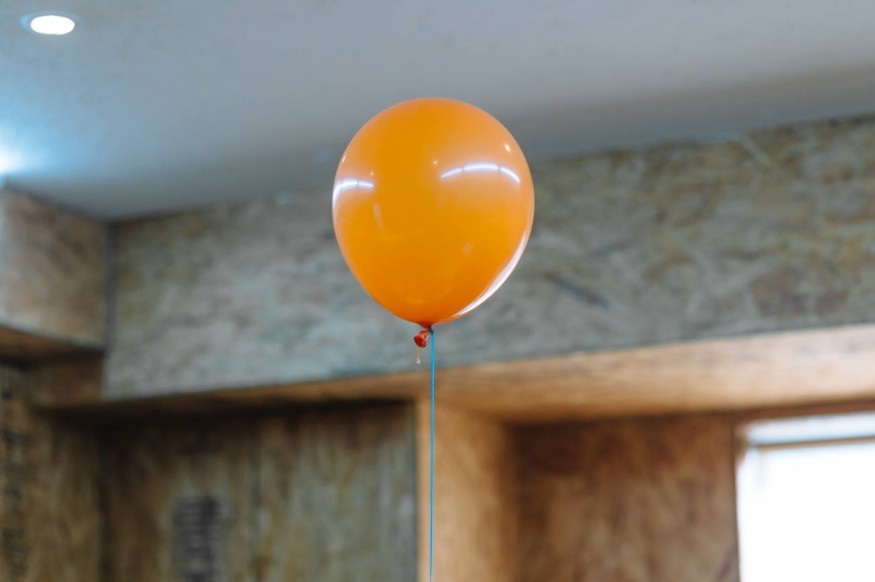Scientists have recently detected an earthquake through the use of instruments they put inside a flying balloon above California. The same mechanism, reports specified, could one day detect the so-called "venusquakes" or quakes on Venus.
Temblors on Earth and beyond, reported Space.com, are an essential tool for understanding how the planet formed and what their interiors are doing, the researchers have gauged both moonquakes and marsquakes.
However, venusquakes will be more difficult to identify compared to either of the two mentioned, simply due to how hostile the surface of Venus is.
No lander has run on the Venusian surface for much longer than two hours, thus, researchers are analyzing instruments that might detect venusquakes from the less hazardous environment of the thick cloud deck of the planet.
ALSO READ : Global Emissions Drop by 7%, But Climate Change Experts Advise Not To Celebrate Just Yet

Barometer-Laden Balloon
For Venous, researchers think their best bet will be, to design and develop sensor systems that could detect quakes from the atmosphere of the planet.
Specifically, the scientists are determining if a balloon laden with instruments that measure atmospheric pressure, known as barometers, would be up to the function of detecting venusquake.
That particular technology is not almost ready to make the trek to this planet's neighboring world. First, the researchers play around with the notion here on Earth.
Therefore, in July 2019, when a strong earthquake shook Ridgecrest, California, and produced over 10,000 aftershocks, scientists took advantage of the multitude of temblors to try balloon-lofted earthquake detection.
The said test depended on "heliotrope" balloons, special balloons researchers set out early in the day. As the sun heats the balloon, it is rising as high as 11 to 15 miles. As twilight falls, the balloon falls too, and scientists can trace their equipment.
Ultra-Sensitive Barometer Used to Measure Air Pressure
A device was placed on each balloon, tracking movement and an ultra-sensitive barometer to gauge air pressure and, the scientists were hoping, detect low-frequency sound waves, stimulated by an aftershock.
However, the endeavor, the study, "The First Detection of an Earthquake From a Balloon Using Its Acoustic Signature", published in Geophysical Research Letters said, was tricky.
A similar Today News Index report said, this means that the scientists needed an earthquake to take place while they were observing, and it needed to be strong enough for the barometer of the balloon to detect it at quite a great distance and, in the middle of mid-flight jostling.
The study's lead author, seismologist Quentin Brissaud at Caltech and Norwegian Seismic Array in Oslo, Norway said, trying to detect earthquakes that are naturally occurring from balloons is such a challenge, and when one first looks at the data, he can feel the disappointment because low-magnitude quakes are not producing strong sound waves in the atmosphere.
All kinds of environmental noise, he explained, is detected adding, even the balloons themselves are generating noise.
Tortoise and Hare Balloons
Nonetheless, as the balloons nicknamed Tortoise and Hare were floating upwards for one day of observations, a medium-size aftershock with a 4.2-magnitude took place.
Both barometers were able to pick up signals, even though the data on the instrument of Hare comprised too much noise for the researchers to be confident it was really detecting the earthquake.
However, Tortoise had a strong enough read on the occurrence to match ground-based detections, although the balloon was almost 50 miles away from the epicenter of the aftershock, and three miles above the surface of Earth at that time.
Explaining the occurrence, Brissaud said since there is such a dense network of seismometer ground stations in Southern California, they were able to get the "ground truth" as to the quake's timing, as well as its location.
The wave detected was strongly connected with nearby ground stations, and when it was compared to modeled data, the results convinced the researchers that they indeed, heard an earthquake.
Related information on moonquakes and marsquakes is shown on OnMatters' YouTube video below:
RELATED ARTICLE: Venus Became Uninhabitable Due To Climate Change
Check out more news and information on Venus in Science Times.










